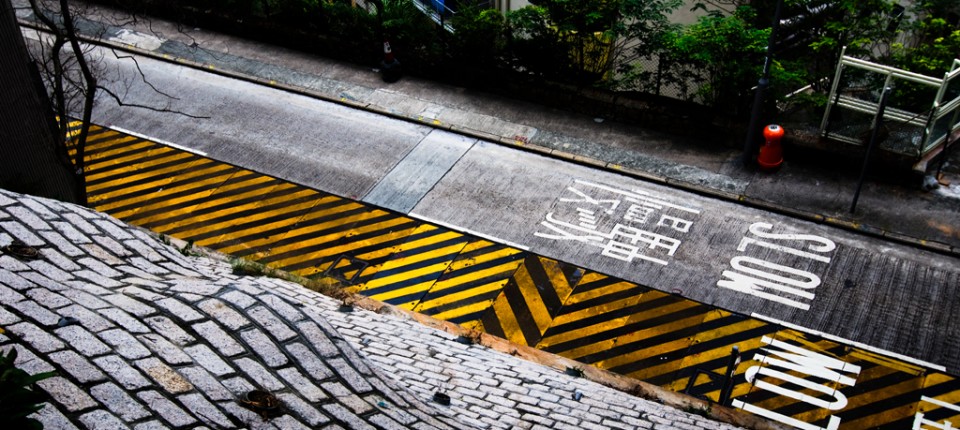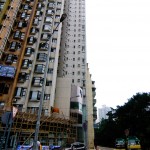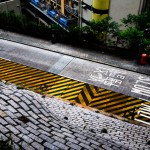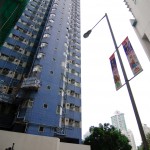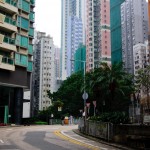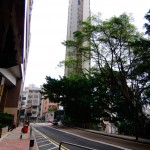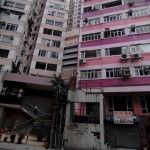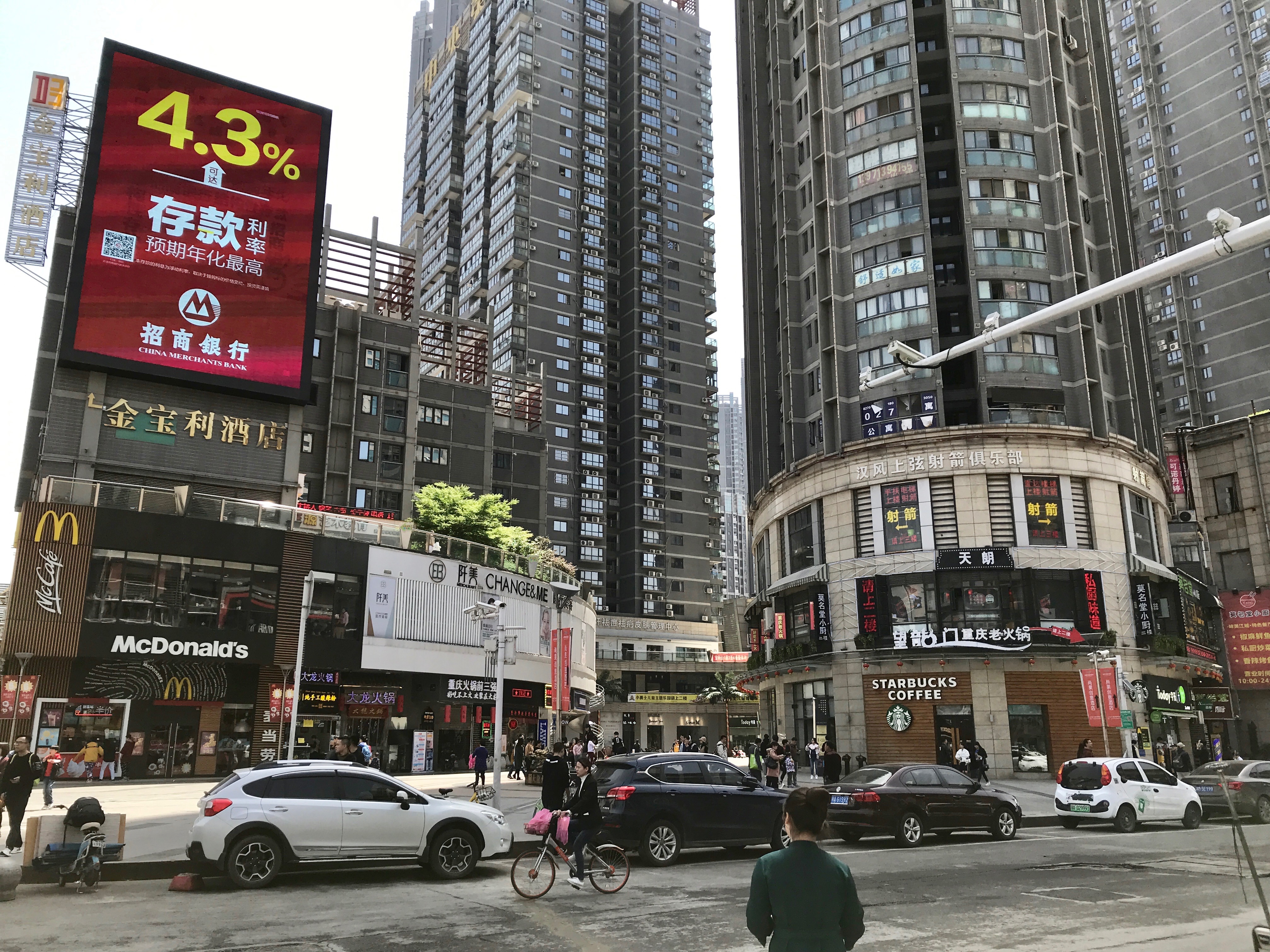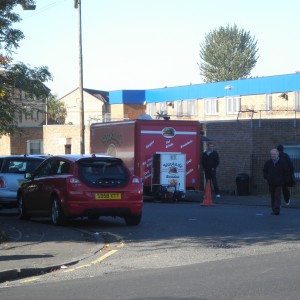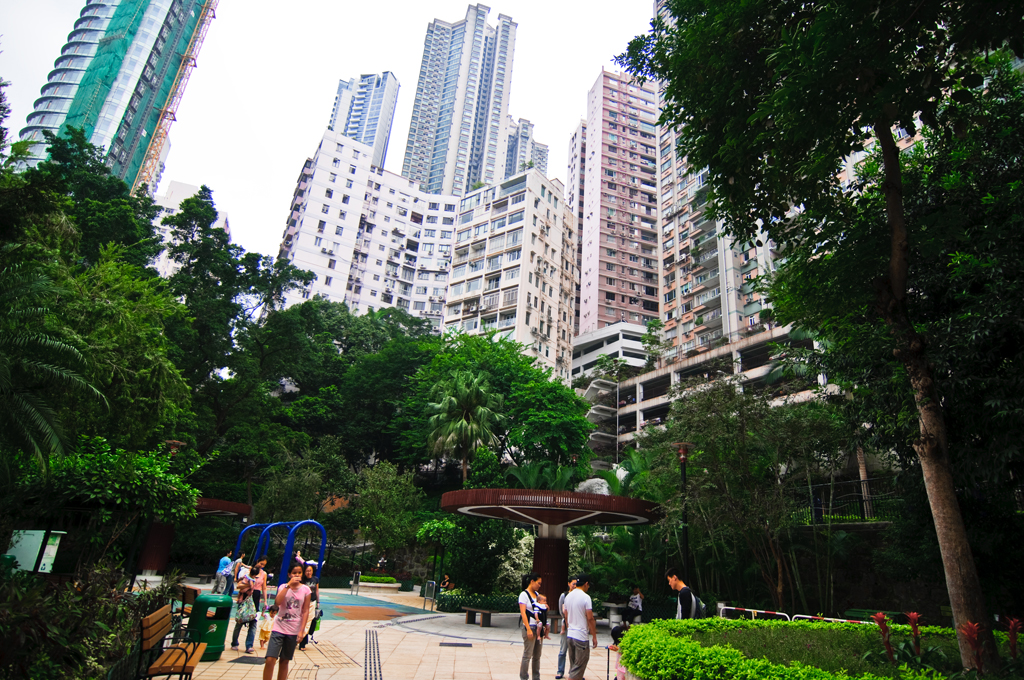
An oasis from hyperdensity
Photo: 121014.010 by Adam Nowek
There are few cities as well-discussed in urbanism circles as Hong Kong. As one of Asia’s premiere financial centres, Hong Kong has developed hyper-dense and hyper-tall due to a difficult geographical location in combination with a truly unique geopolitical setting. The city has spawned an array of remarkable solutions to its array of urban issues, ranging from one architect’s convertible apartment to the city’s desire to halt rampant property speculation. Perhaps the most important urban strategy that makes Hong Kong a celebrated exemplar of planning and design is the high-density residential architecture in Hong Kong.
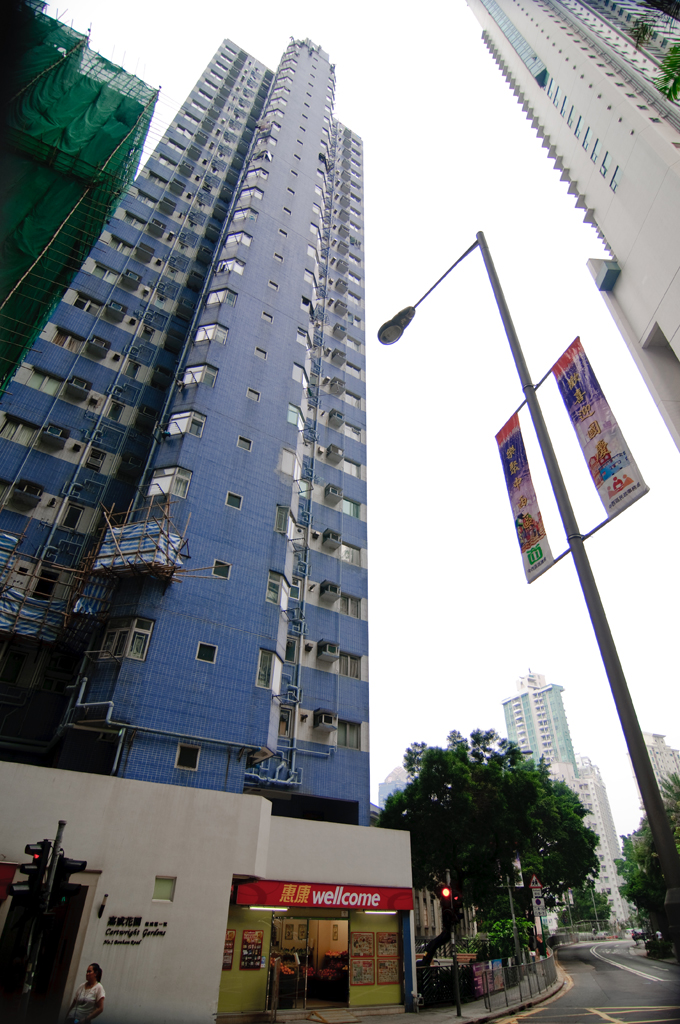
Vibrant colour is the path to originality
Photo: 121014.009 by Adam Nowek
While Hong Kong’s large population is often discussed, those less familiar with the city might have trouble fathoming the challenges that Hong Kong must overcome in order to house so many people. As anyone that has ever taken a bus on Hong Kong Island can attest, the geography can be described as truly insane: sudden changes in the contours of the land result in the need to capitalise on small, difficult parcels of land. The super-slim, super-slender residential towers are truly a marvel in engineering and pragmatic design: rising dozens upon dozens of storeys in the air, towers take advantage of limited space with seemingly great ease, with some buildings soaring into the sky while only being one apartment unit in width.
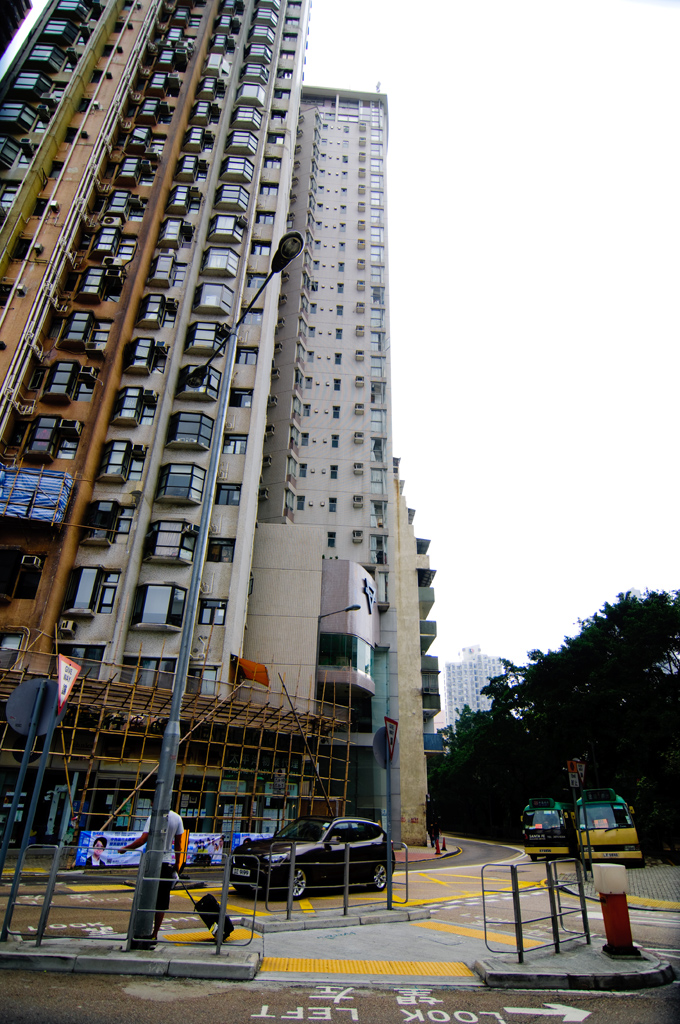
Your 38th floor apartment
Photo: 121014.007 by Adam Nowek
It’s in Hong Kong’s super-slender towers that one finds at least half of the roots of Vancouverism: Hong Kong deploys extreme architecture for an extreme topography in a way that Vancouver, or most other major urban areas, could never imagine. Armed with a wide-angle lens, I set out on foot to show the residential sections of Central Hong Kong, otherwise known as the Mid-Levels.
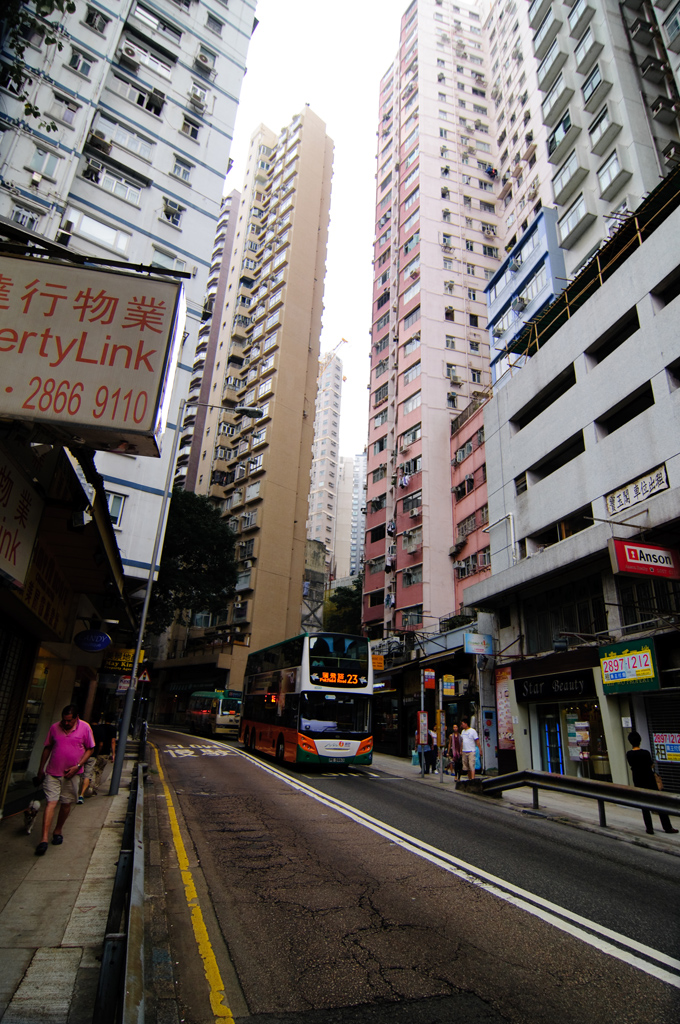
Hyper-tall buses for hyper-tall high-rise
Photo: 121014.003 by Adam Nowek
What is evident from this excursion in Mid-Levels is that Hong Kong hasn’t rapidly risen up the liveability rankings for no reason at all: the Economist Intelligence Unit’s most recent ranking used an altered set of metrics that adjusted for spatial concerns, and ultimately placed Hong Kong first in the world. Despite the extreme density of the structures, there is ample public leisure space tucked away between the tall buildings and narrow thoroughfares. While exaggerated, if stunning, photographs of this density make give credence to arguments against the density levels and generally unimaginative residential architecture seen in Hong Kong, the characteristic high-rise structures that blanket Hong Kong’s urbanised areas are one of the great urban achievements since the development of the New York subway system.
You can view all of Adam’s photography on his Flickr. View the full gallery of full-sized photographs in the gallery below.
- Your 38th floor apartment
- Moving slowly
- Hyper-tall buses for hyper-tall neighbourhoods
- An oasis from hyperdensity
- Vibrant colour is the path to originality
- The view from your front door
- A rare empty street in Hong Kong
- Colourful architectural elements
- Slow traffic for extreme topography

